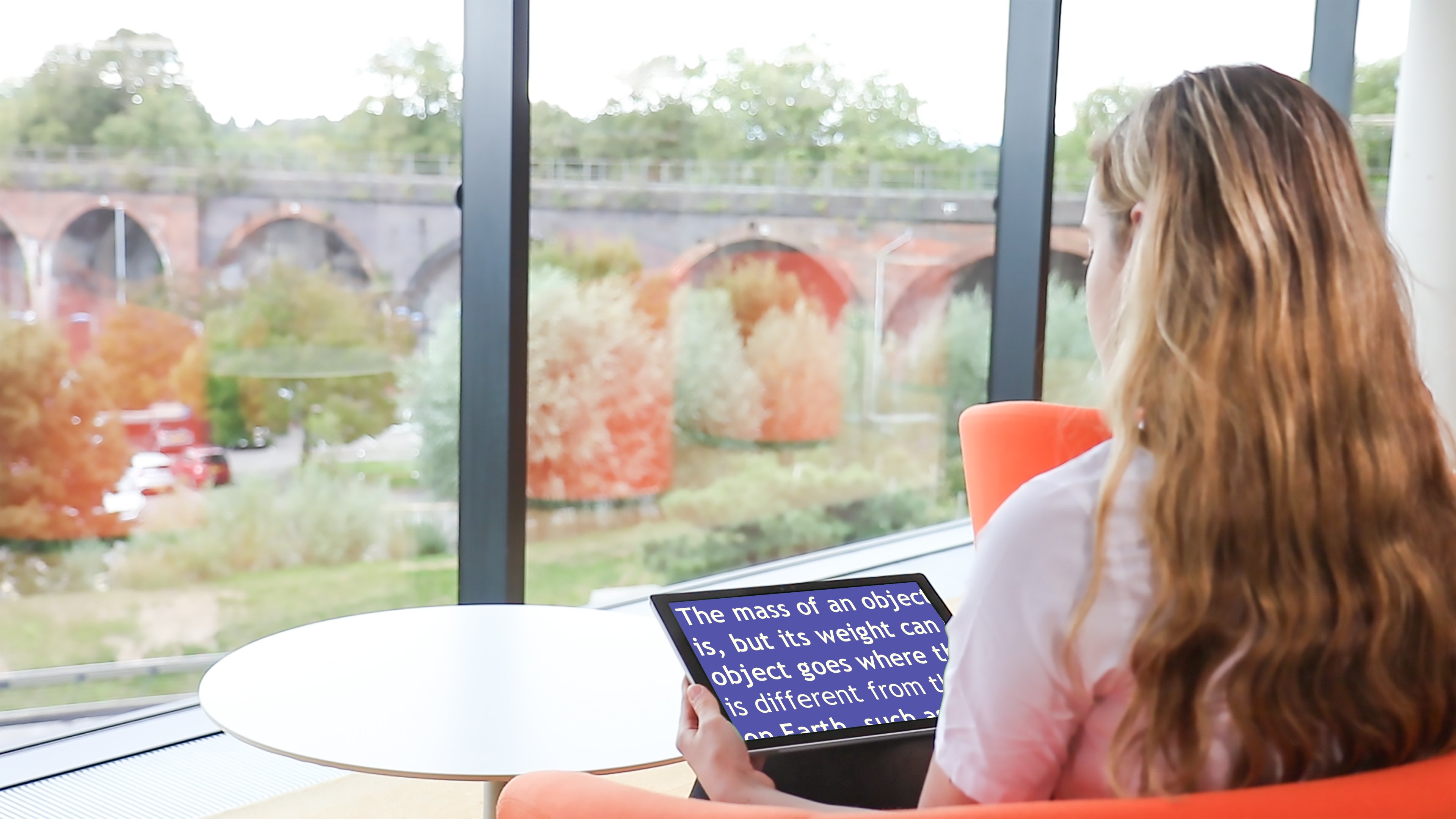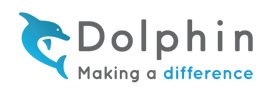In this day and age, reading as a skill is often taken for granted. How are you reading these words right now? For most people, it's likely that you're using your eyes, which transmit neural signals to your brain that allow you to connect the symbols on the screen with meaning.
However, this experience isn't universal. There is a diverse range of readers, many with a wide range of vision, communication or other print impairments. Adjustments in the way we encourage reading have been made to cater to these groups, but new challenges arise every day. Take the Internet, which despite its benefits has given rise to a steadily growing 'digital divide' for blind or partially-sighted people.
Below, we examine the accessibility behind reading more closely.

Historical challenges to accessible reading
It wasn't until the 19th century that concentrated movements for improving the situation of people who are blind or partially sighted began. Here, we saw the key events that shaped reading’s accessibility: from the invention of Ecriture Nocturne (night writing) in 1808, to the released explanation of Louis Braille’s embossed dot code in 1829.
Other print impairments still had a long way to go, however. The inability for many years to understand the science behind many neurodiverse conditions - and the print impairments surrounding these - resulted in an established deeply rooted stigma. This has had a severe impact on accessibility to reading for people with conditions including dyslexia, ADHD and autism. For instance, it took six decades for the American Psychological Association (APA) to recognize ADHD as a disorder, and it wasn't until the year 2000 that it was recognized as a valid condition in the UK.
These conditions are now of course recognized and a lot of work continues to be done to improve accessibility and learning outcomes for children and adults with neurodiverse conditions.
Societal changes towards accessibility
Recognition can be a slow process, but has consistently been manifested in policies throughout various institutions.
1879 saw the Federal Act to Promote the Education of the Blind in the US. This provided educational materials from the American Printing House For The Blind (APH) to eligible students. On the other hand, the Pratt-Smoot Act of 1930 enabled the establishment of the National Library Service for the Blind and Print Disabled - also known as NLS BARD.
The stigma is trickier to work with, but shows progress as reading accessibility beyond sight-related disabilities in America is developed. Data reveals how these impairments are actually not a rare anomaly. Around 5-10% of the population have communication disorders, which includes disorders of hearing, voice, speech and language. Additionally, there are seven million people with a visual disability in the United States alone.
The push to accommodate these populations has led to a growing demand for communications sciences specialists. In recognition of how communication links to literacy by impacting one’s ability to process information and organize narratives, over one-million children in US public schools receive speech-language therapy for a communication impairment. There's a demand to embrace diversity, and this means taking extra steps to make reading accessible for all people with disabilities.
Reading challenges for the digital age
The rise of technology and a shift to an online platform has found visually impaired users fighting for a more inclusive web for over 20 years. This new challenge came with an enormous increase in innovations for assistive devices and assisitve technology.
Assistive technology (AT) items are specifically designed to help people with disabilities. For those who are visually impaired, the main assistive technology devices are magnifiers, screen readers, braille displays, and speech recognition software. Screen readers and braille displays operate by analyzing the layout and content of a website and providing a text-to-speech or braille translation.
These devices play a key part in reducing the 'digital divide' and opening more avenues to reading for people with visual impairments.
However, these innovations have to simultaneously progress with the call for inclusive policy-making to ensure wide-ranging improvements for print disabled readers. Policy makers could regulate websites so that they are compatible with screen readers and meet other accessibility standards. This includes the next release of the Web Content Accessibility Guidelines (WCAG 2.2) in September 2022. WCAG 2.2 includes the latest improvements to make web content accessible. It will include enabling user interface components to receive keyboard focus, and increasing target size and input assistance. Website designers can use this as a basis for accessibility.
Outlook for the future
A collective effort must be made in order to make reading genuinely accessible to all. All major institutions in society must cater to a more diverse range of stakeholders. Whether that's in providing more accessible ways to work or study.
Schools and businesses can make use of additional tools in the office to provide a more accessible experience for students, employees or clients. Tools such as conversion software - which provides accessible reading materials and documents by converting MS Word files into large print, braille, MP3, or ePub formats - mean printed documents can be read by people with visual impairments and other print impairments.
Supplement this by boosting facilities and promoting membership to accessible book libraries - these are available all over the globe and are usually free to use for eligible readers. Highlighting the availability of these libraries to readers with print impairments helps promote independence and productivity for students and employees alike.
Here at Dolphin, we empower readers with visual impairments to use computers independently. The Dolphin range of specialist assistive technology includes screen reading software such as SuperNova, which helps with independent work and study.
You can read accessible books on most devices with the EasyReader App from Dolphin. It's free and provides connections to accessible libraries around the world to enable more people to read for pleasure, for work or study.
Try these accessible reading technologies for yourself - either with the free EasyReader App or with a free trial of SuperNova or GuideConnect. Join us in calling for more accessible reading and we can help overcome many of these challenges together.



Let Us Know What You Thought about this Post.
Write your comment below.